1910 Le Zèbre Type A
For sale at Oldtimer Galerie International | Toffen, Switzerland
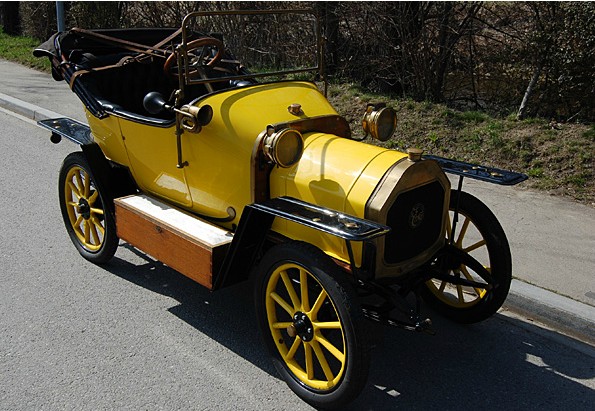
If this thing looks small, that’s because it is. It almost looks like one of those old cars they have at amusement parks – those kind of 2/3-scale Ford Model Ts. But this looks even smaller – you could fit at least five people in an antique car ride car. And this only has a single cylinder.
Le Zèbre started building cars in 1909 – and they started with single-cylinder engines making a whopping five horsepower. This one displaces 636cc and power reached the rear wheels via shaft drive and a two-speed (all forward) transmission. The cars were popular upon release.
In 1912, a four-cylinder model was added. In 1917, the two founders split up, with Jules Solomon, the driving force behind the company, leaving. In 1924 a new model was introduced, the Type Z. Perhaps this was not the best possible name, because it spelled the downfall of the firm. If you’re going to start it off with a “Type A,” then the “Type Z” seems like a logical conclusion to your business. Poor planning? Or just a shifting market toward bigger, more powerful cars? Probably the latter – Le Zebre closed up shop in 1932.
This car is currently for sale in Toffen, Switzerland, although I suspect it could appear at a forthcoming auction from the company. The price? $35,600. For more information, click here.







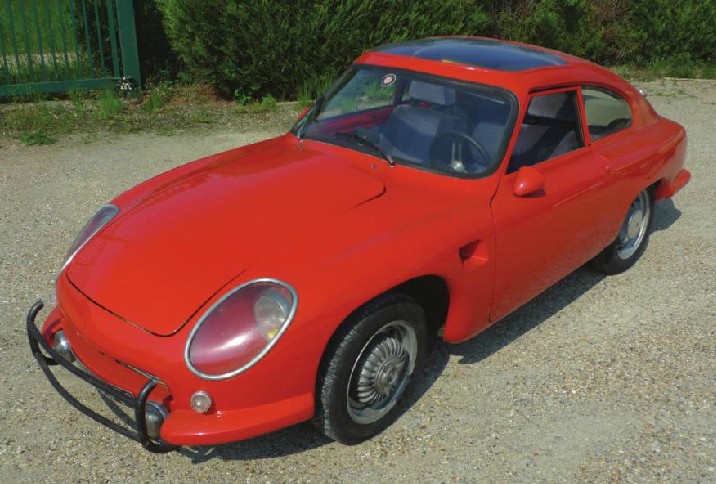
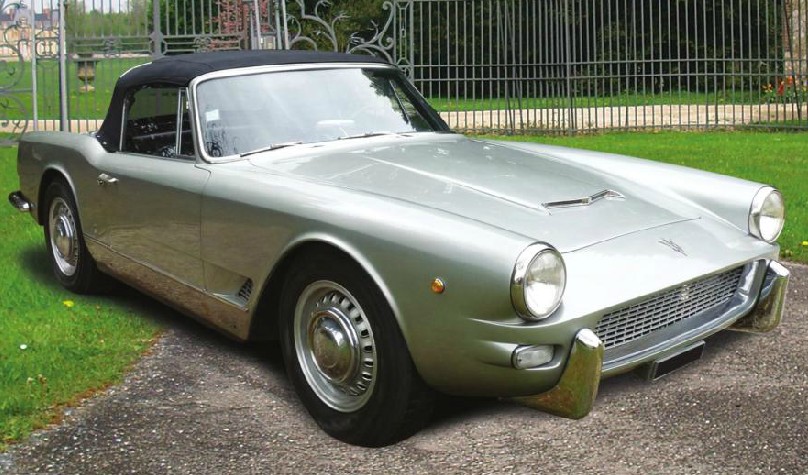

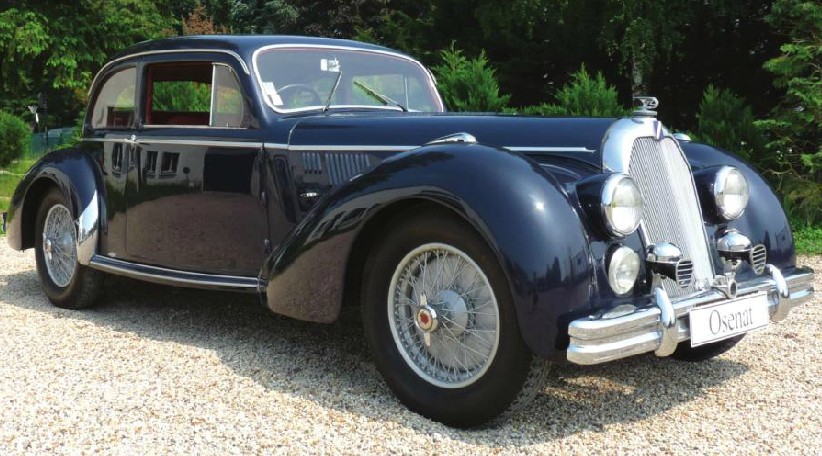



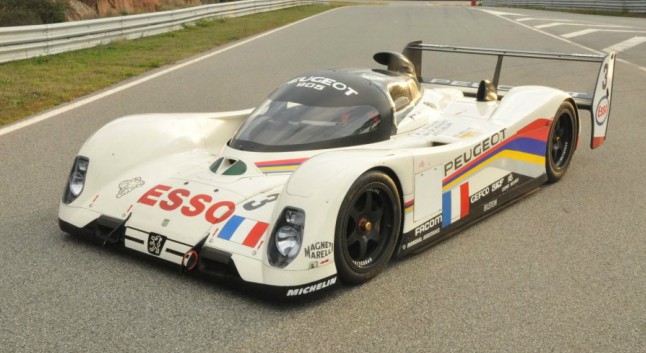
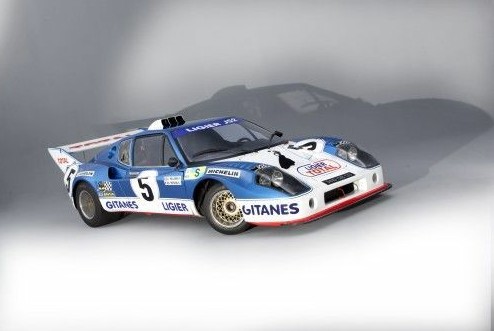

 Oh boy. This is one of my all-time favorite cars. A few months ago we featured this car’s largest rival – the
Oh boy. This is one of my all-time favorite cars. A few months ago we featured this car’s largest rival – the